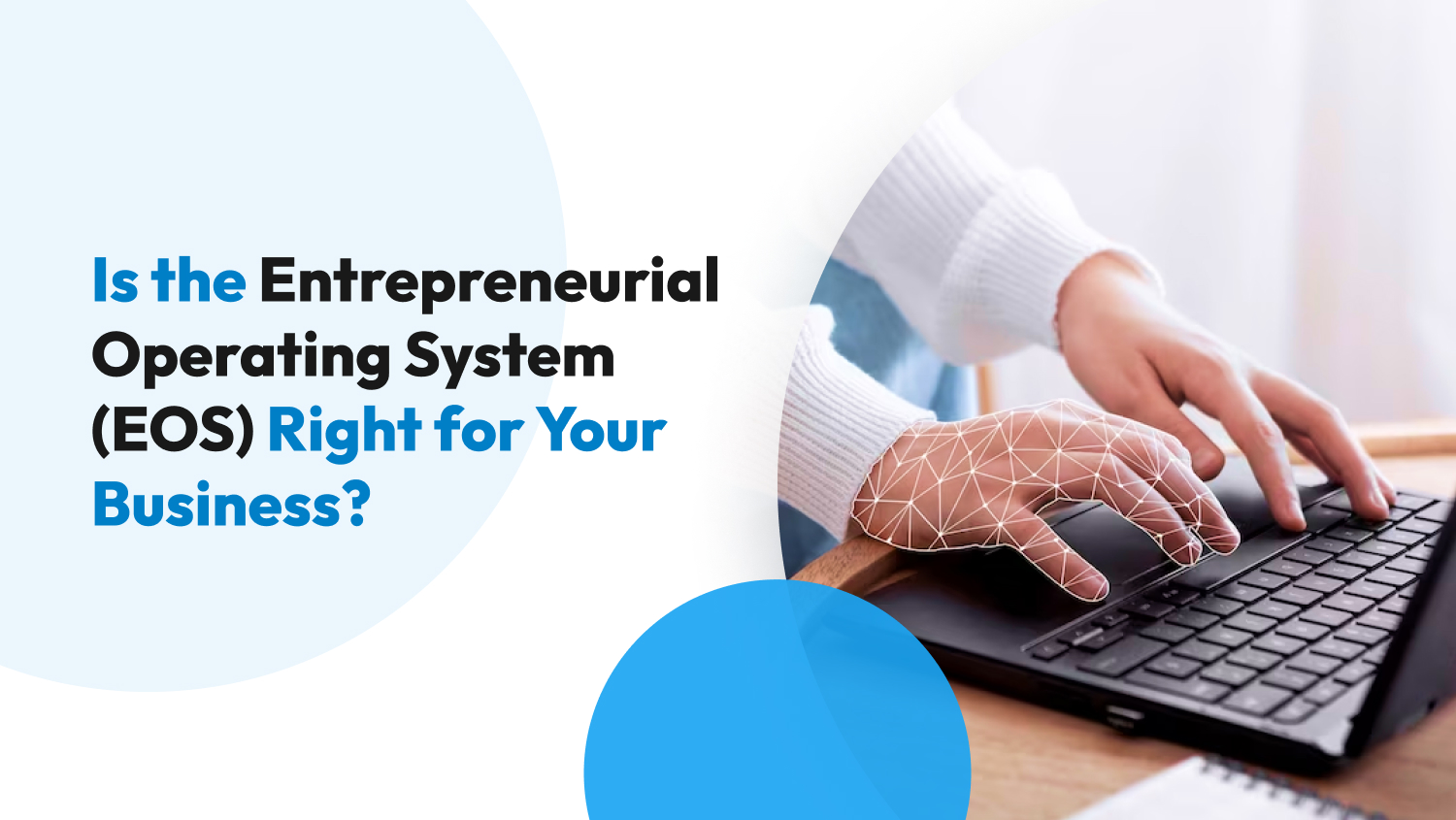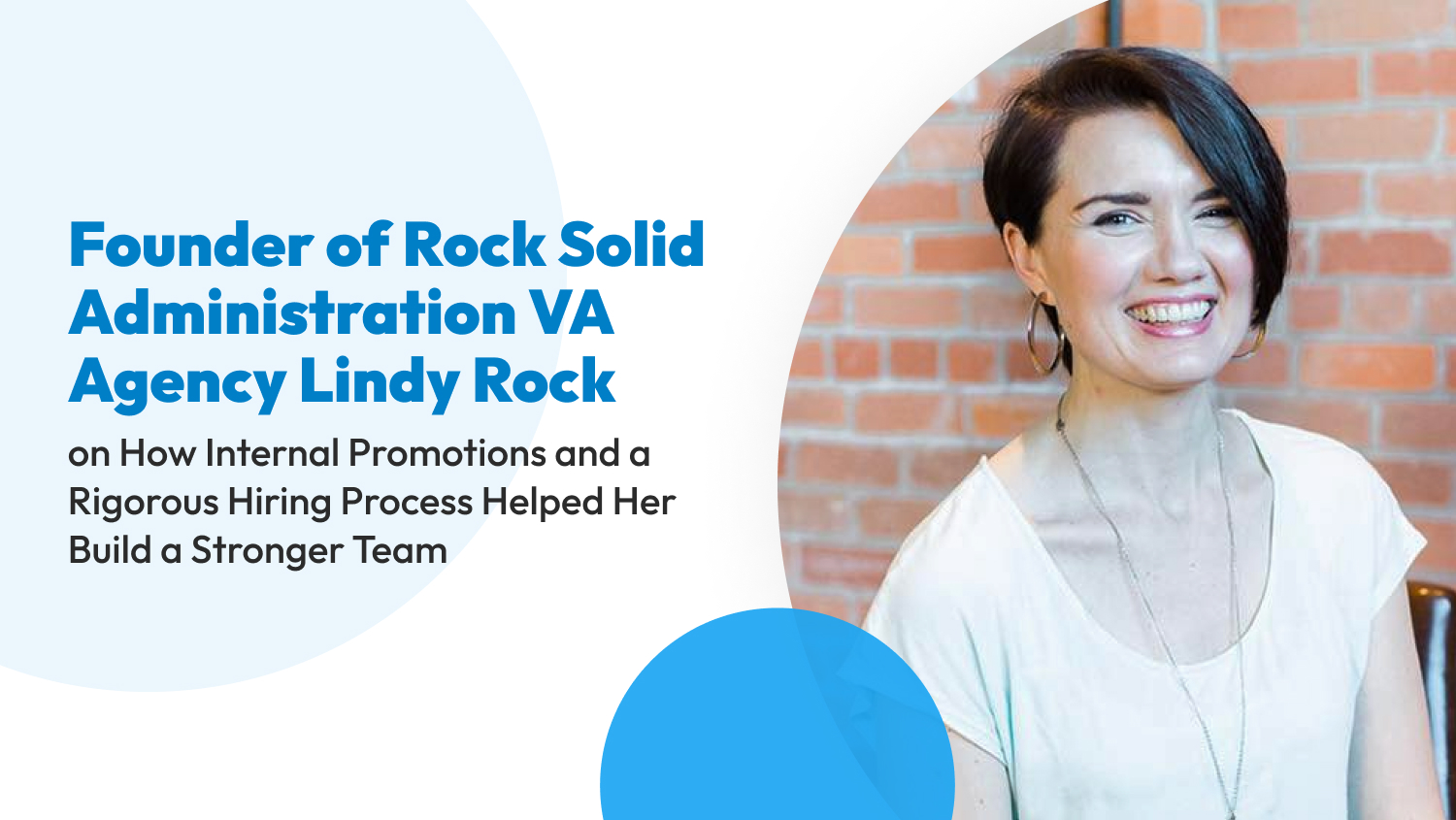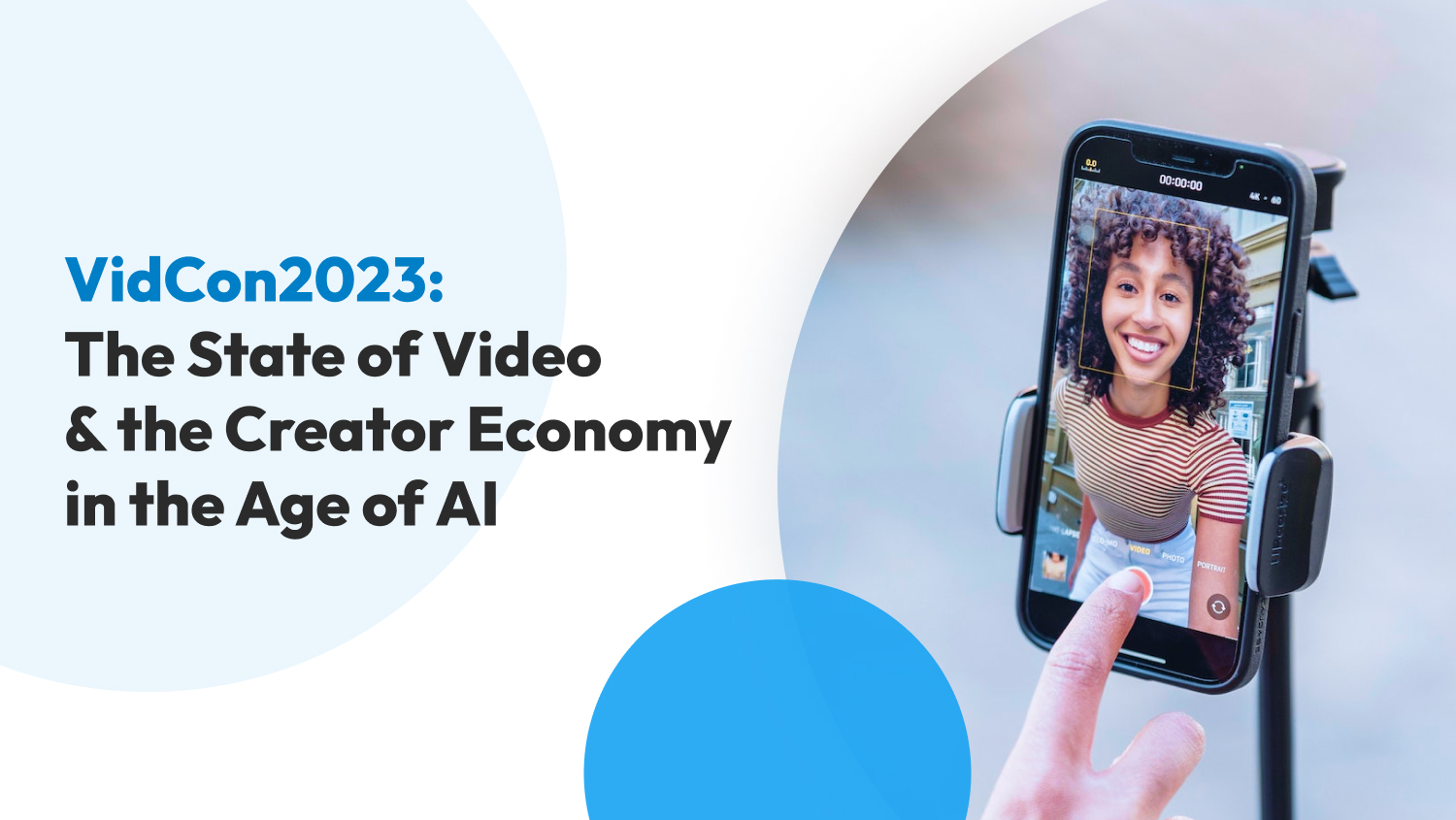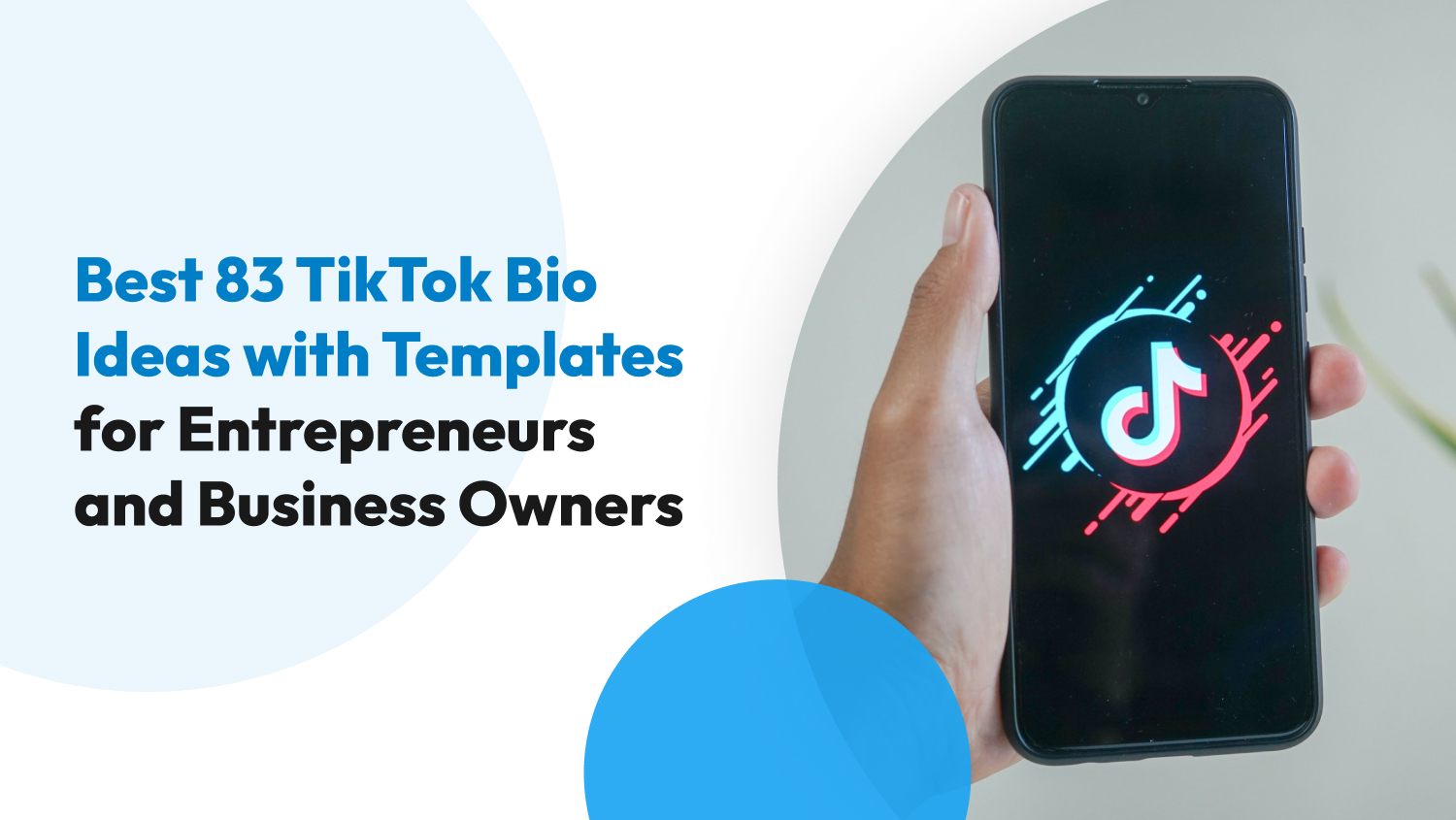Business
Is the Entrepreneurial Operating System (EOS) Right for Your Business?
So, you just started a business thinking that your experience, skills, and resources are enough to run it, right? Well, not exactly.
Every business owner and entrepreneur needs to implement a system on which to run their businesses. A business operating system (BOS) is a set of frameworks, processes, and tools that help business owners and entrepreneurs manage and run their operations smoothly and efficiently.
A BOS encompasses all core functions of a business, including customer service, finance, human resources, marketing, operations, and sales. Think of it as a blueprint for your business’s operations that provide a framework on how departments and teams should work together to achieve the company’s short- and long-term goals.
One of the most commonly used BOS nowadays is the Entrepreneurial Operating System (EOS). In this article, we’ll discuss what EOS is.
What Is EOS and What Makes It Different From Other Models?
The Entrepreneurial Operating System (EOS) model was created by Gino Wickman and is based on his successful entrepreneurial experience. Gino developed the model with one goal: to help business leaders get what they want out of their businesses and gain traction.
The Entrepreneurial Operating System has been adopted by countless companies worldwide due to its profound effect on their growth. EOS Worldwide’s website shows over 190,000 companies rely on their system and tools.
This model heavily focuses on comprehensive business strategies and business management theories to help business owners, entrepreneurs, and their teams understand how to best implement what they want to do while managing vision-building and control mechanisms within their existing business models.
Unlike other models, EOS is a system that can be implemented by anyone — regardless if they’re affiliated with the private or public sector. This means there are no boundaries on what a person can utilize EOS for, and all individuals have an equal opportunity to maximize this business model.
EOS also offers an avenue for business owners and entrepreneurs who want to adopt its procedural steps and principles to get up-to-speed with how the company works. This includes understanding the next steps so they don’t commit costly mistakes.
In short, EOS gives business owners and entrepreneurs access without costing them too much upfront, making it easier for those who might not have had the chance otherwise.

What Are the Pros and Cons Of EOS?
Business owners and entrepreneurs adopt EOS for different reasons. Some rely on the model to resolve recurring issues, bring efficiencies to operations, and improve goal setting. Others choose EOS because they need long-term planning assistance or help to correct organization chart issues and confirming the right individuals are hired for the right positions.
No matter why a business owner or entrepreneur embraces EOS, the model offers many benefits. However, it’s not flawless, as it also has a few drawbacks. We’ve listed below some of the pros and cons of using EOS.
Pro: Increased Productivity and Profitability
Implementing EOS significantly increases productivity and profitability by providing a clear framework for better decision-making. As a result, companies can identify their goals, values, and vision. Once measurable targets are established, teams can focus on what matters most and collaborate on achieving goals and objectives.
Pro: Clear Framework for Decision-Making and Goal-Setting
As mentioned, EOS provides a clear framework for goal-setting and decision-making, which can help implement business strategies. This model is built on six key principles, namely:
- Data
- Issues
- People
- Process
- Traction
- Vision
By focusing efforts on the development of these areas, EOS can help business owners and entrepreneurs align their vision with their employees’ efforts while providing SMART goals. As a result, everyone involved can easily track progress.
Pro: Alignment and Transparency in Communication
Alignment and transparency in communication are essential components of the EOS model. These elements help ensure everyone within the company works towards one common goal. EOS focuses on accountability, clarity, and consistency in communication, helping teams stay on track and avoid friction.
Team buy-in is essential for the effective implementation of the EOS model. When adopting EOS methodologies, it’s crucial to involve every team member so they fully understand their roles and how their contribution impacts the company’s overall success. This approach guarantees greater collaboration and empowers team members by giving them autonomy over their work.
Most importantly, it encourages constant and open communication between different departments, making it easier for teams to share perspectives and ideas to expedite the process and improve outcomes.
Pro: Confirms the Right People Are in the Right Seats
Companies that experience sustained success don’t only hire individuals who share the company’s culture or values; successful companies also place the right people in the right seats.
Two EOS templates assist this process. The People Analyzer helps business owners and managers determine whether an employee fits the company, its values, and its culture. The Accountability Chart replaces the traditional organizational chart and appends vital information for each functional role. This provides further clarification throughout the company to teach each person’s responsibilities.
Pro: Forces Difficult Conversations
EOS is effective when employees, managers, and leaders identify and resolve issues immediately. This business model provides a framework for navigating disagreements and conflicting priorities, especially those that include leadership.
Regardless if it’s about forcing difficult conversations about “bad fits” or correcting errors involving functional roles, EOS highlights the significance of identifying and addressing conflicts.
This business model has a Level 10 Meeting Agenda, which dedicates two-thirds of its time to the identify-discuss-solve (IDS) portion, where participants can shed light on the company’s existing issues and develop a resolution.
Con: Rigidness of the System
EOS is beneficial, but some aspects of the system aren’t suitable for all business types and sizes. One common criticism of this business model is that it can limit innovation and creativity as it emphasizes effectiveness over experimentation.
In other words, companies embracing this model may struggle to adapt to changing market conditions or adopt new tools and technologies in a timely manner.
Another drawback of the EOS is employee buy-in. The system can increase efficiency by streamlining processes but requires a high level of commitment from all team members of the company to work effectively. Expect that some may feel uncomfortable with the level of transparency EOS requires, while others would prefer a different management style.
Because of this, companies eyeing to use EOS should consider their company culture and whether they have the essential resources and leadership to implement it successfully.
Con: Slow to Deliver Major Results
In Gino Wickman’s book, Traction, he describes the EOS strategy as a process that requires time to get all the pieces in place, and “forcing it to move any faster could be damaging.” Completely adopting could take companies three years or longer. That’s a long time, and not every company can wait or even last that long.

EOS Implementer: Who Are They and Where Can You Hire One?
Do you want to adopt EOS into your business but don’t know where or how to start? Fret not because you can always work with an EOS implementer.
An EOS implementer is a business coach, teacher, and facilitator of proven EOS processes and tools that guide business owners, entrepreneurs, and leadership teams worldwide to get what they want from their businesses.
Although an EOS implementer is considered a coach, there is a lot of confusion about his role. An implementer is not a business coach or a leadership coach; they’re a coach and expert in EOS and are hired to execute EOS methodologies and tools quarterly.
To hire an implementer, visit EOS Worldwide and schedule a phone call with one of the Implementer Match Specialists to find the right EOS implementer for your business.
EOS Alternatives to Consider
Are you still looking at options before choosing an operating system to implement? If so, we’ve listed alternatives to EOS below.
PINNACLE© Business Guides
PINNACLE© Business Guides (PBG) is a network of former business leaders and owners who offer expertise in coaching clients to succeed. Founded in 2020, the system is purposely designed for each client, bringing together different operating tools and systems to address unique business needs.
Accelerate Operating System (AOS)
The innovative Accelerate Operating System (AOS) was established in 2021 and is an open-architecture system that helps companies optimize their current operations and make significant improvements. It’s a simplified approach to strategic planning that combines robust planning tools with executive coaching to get all team members aligned and work towards common goals.
Scaling Up
Scaling Up provides companies tools that help leadership teams free their time to focus on growing their business as team members align to execute growth plans. It comes with its software that keeps tabs on accountability and alignment.
The Choice is Yours
EOS offers a reliable and effective framework for running a business. Worried that you can’t properly implement the EOS methodologies? Or have questions about this model? Hire an EOS implementer to guarantee long-lasting and positive results.
But even with EOS implementers, keep in mind that the ability of this model to generate rewards depends on your team’s commitment. Expect that adopting this model will also require leadership teams to work on getting everyone’s buy-in, which can cause conflicts.
Fortunately, EOS focuses on the importance of surfacing and resolving issues, so you’ll have the right tools to address such events.








